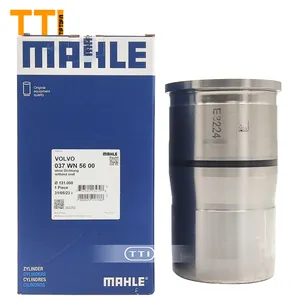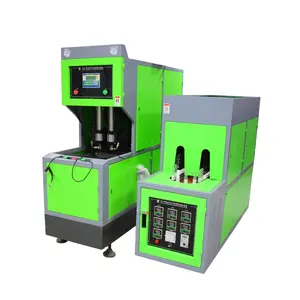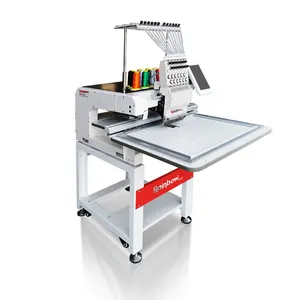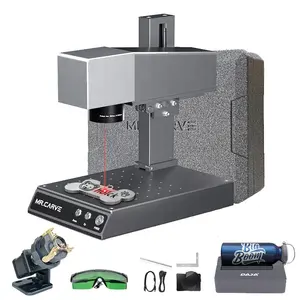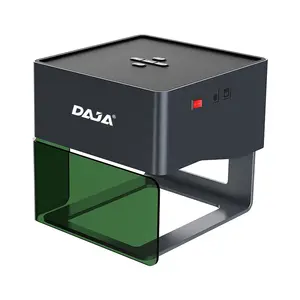Popular in your industry



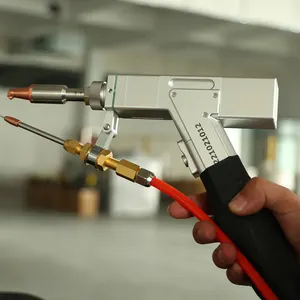







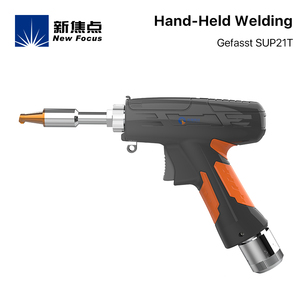

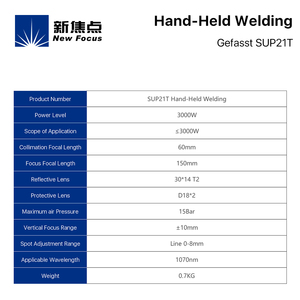


























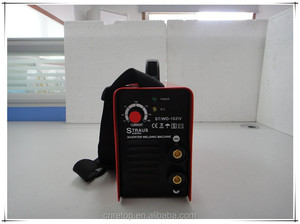
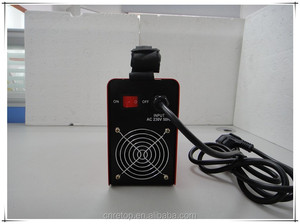

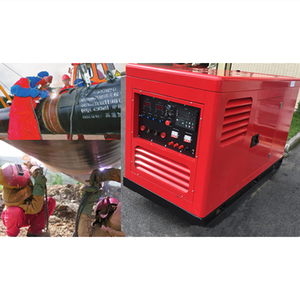

Related Searches:



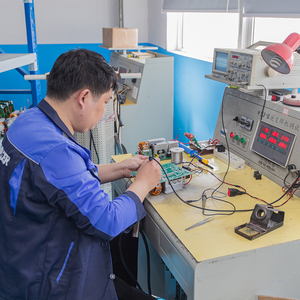

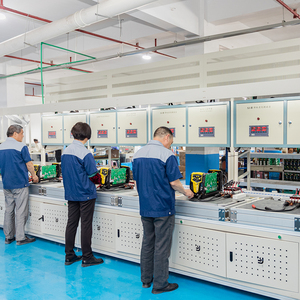

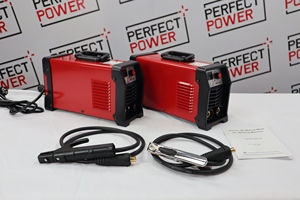

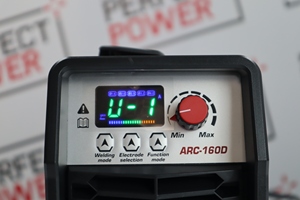


















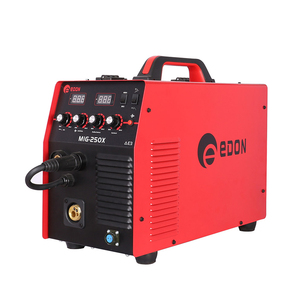


















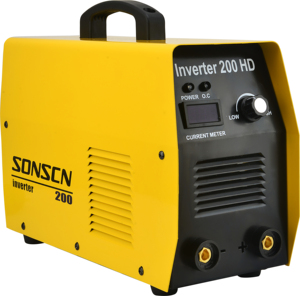


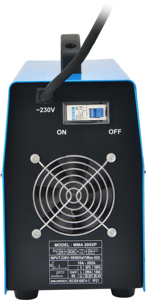


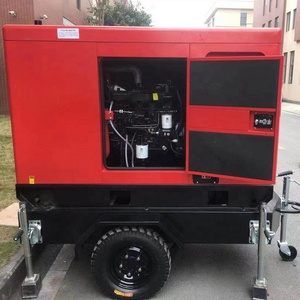




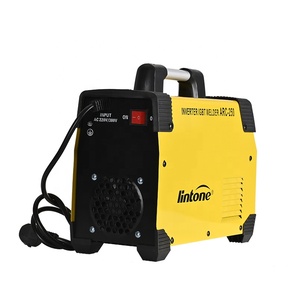

















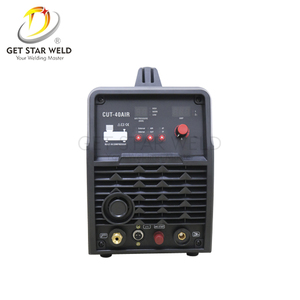










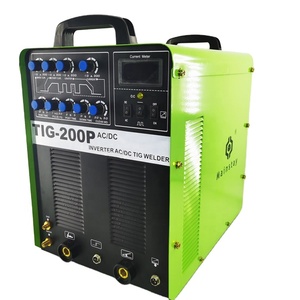

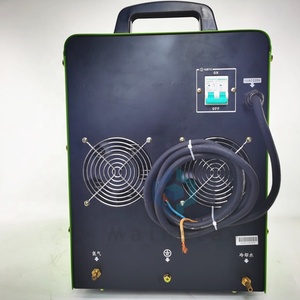


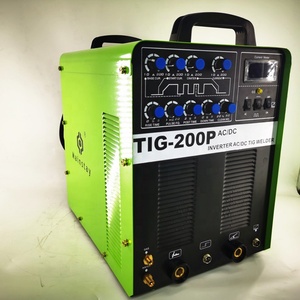






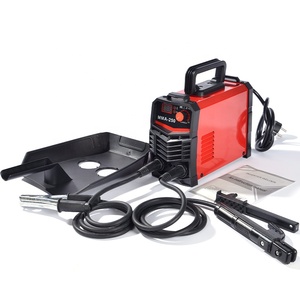



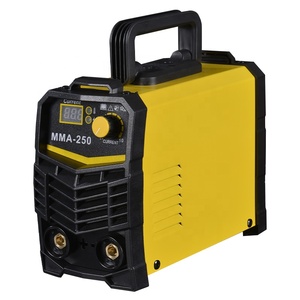

Top categories
About welding plant
In the bustling world of industrial production, the art of welding stands as a cornerstone, binding the strength of metals to forge the backbone of our infrastructure. As businesses strive to enhance operational efficiency and product quality, the choice of a welding plant becomes a decision of paramount importance. This guide illuminates the path to selecting the right welding plant, tailored to the unique needs of your business. From understanding the intricacies of welding technologies to navigating the vast market, we delve into the essentials of welding plants, ensuring you are equipped to make an informed decision that will streamline your operations and bolster your bottom line.
Understanding the Basics of Welding Plants

Welding is a critical engineering process that involves joining two pieces of metal by heating them to high temperatures to form a joint. This process is fundamental in various industries, including automotive, construction, and manufacturing. With the advent of modern technology, welding machines have become more precise, leading to higher quality welds. Advancements in TIG, Stick, and MIG welding have not only improved safety protocols but also enhanced production cycle times and quality control in automated welding.
A welding procedure encompasses comprehensive practices and techniques to produce a weldment. As per the American Welding Society (AWS), it includes detailed methods, materials, and practices that welders must follow to achieve the desired results. The procedure records all elements, factors, and variables involved in creating a specific weld, which are crucial for welders to adhere to in various scenarios.
The documentation of a welding procedure, known as the Welding Procedure Specification (WPS), is a critical document that outlines the essential elements for performing a weld. It serves as a guide for welding inspectors, designers, supervisors, and welders, detailing the technical aspects of implementing a welding process. Understanding and interpreting the WPS is vital for welders to ensure that their work aligns with the necessary quality standards.
Types of Welding Plants Available on Alibaba.com
Exploring the diverse range of welding plants on Alibaba.com, buyers can find various types tailored to different industrial needs. Among the offerings are electrode making machines and production lines designed for creating welding rods, catering to manufacturers who require reliable tools for their welding tasks. Laser welding machines are also prominently featured, with options ranging from 1000W to 3000W fiber laser welders. These are suitable for businesses looking for precision and high productivity in metal joining processes.
Handheld fiber laser welding machines are available for more flexible and mobile operations, ideal for on-site repairs or small workshops. These units often come with features like air cooling and automatic feeders, enhancing their ease of use and efficiency. For those dealing with heavy-duty tasks, there are options like the MMA engine-driven DC arc welder generators, which are robust enough to handle demanding environments.
The selection extends to specialized machines such as the girth seam welding machines for auto argon arc welding, providing solutions for automotive industry applications. For smaller scale operations, the market includes compact and portable welding plants like the MMA-160LI, which offer affordability without compromising on functionality. Additionally, ultrasonic mini welders and thermal arc welders are listed for those seeking advanced welding technologies for specific applications.
Key Features to Consider When Selecting a Welding Plant
When selecting a welding plant, it's crucial to analyze the joint requirements, considering whether the weld joint is large or small, the position of the joint, and the thickness of the base metal. The capabilities of available welding processes should be matched with these requirements. Utilize manufacturers' literature or direct communication to understand the process capabilities. If multiple processes are suitable, a checklist approach is recommended.
The checklist should include all factors known to affect the operation's economics, such as specific job or shop requirements. Evaluate these factors realistically, taking into account the peculiarities of both the application and the equipment. The selection process should remain objective, with the overall cost being a guiding criterion when all other factors are equal.
Lastly, it's beneficial to review the potential choices with an expert from the equipment manufacturer. This ensures that the checklist is tailored to the individual situation, combining the user's application knowledge with the equipment expert's insights to confirm or modify the process selection.
Assessing the Applications: Matching Welding Plants to Business Needs

In the realm of industrial manufacturing, welding plants play a pivotal role in meeting diverse operational demands. The applications of these plants are extensive, ranging from the production of welding electrodes to the intricate processes of laser welding. For instance, a fiber laser welding machine offers precision in metal spot welding, a necessity for businesses requiring detailed work on metals. Similarly, handheld laser welding machines provide flexibility and ease of use for tasks that demand mobility, such as in-field repairs or construction sites. The versatility extends to machines designed for specific materials, like those optimized for stainless steel or carbon steel, ensuring that businesses can find a welding solution tailored to their material requirements. Moreover, the inclusion of features like water chillers in some models underscores the industry's commitment to enhancing operational efficiency and equipment longevity. For businesses that require robust solutions, engine-driven welders with varying amperage settings cater to heavy-duty tasks, demonstrating the adaptability of welding plants to different scales of operation. Even for smaller scale needs, portable and compact welding machines are available, ensuring that businesses of all sizes can find equipment that matches their specific welding applications.
Materials Compatibility: Ensuring Your Welding Plant Can Handle the Job
Weldability is a crucial factor in determining if a welding plant can handle specific jobs, especially when dealing with different materials. It involves the ease or difficulty of welding materials together under set fabrication conditions to produce acceptable welds. Challenges arise when attempting to join incompatible materials, which may not bond due to differences in melting temperatures, solubility in the solid state, or the formation of brittle intermetallic compounds.
Materials and their compatibility play a significant role in welding processes. For instance, joining dissimilar metals like mild steel to stainless steel may require a technique such as buttering the mild steel with a compatible stainless electrode to avoid dilution problems. This prepares the surface for a more successful weld to the austenitic stainless steel.
When fusion welding is not an option due to incompatible metallurgy, alternative processes must be considered. These may include solid-state processes or the use of bimetallic transition parts that can be welded to each material type, ensuring a secure joint. The choice of process is dictated by availability, the ability to meet structural and service requirements, and cost considerations.
Advantages of Choosing the Right Welding Plant

Selecting a well-matched welding system offers numerous benefits, key among them being the ease of setup. Operators can quickly commence work with 'plug and play' systems, avoiding the lengthy adjustments required for mismatched components. These systems are often designed with synergic controls and user-friendly interfaces, streamlining the welding process.
When components are specifically designed to work in unison, arc performance is optimized, which is particularly crucial in robotic welding applications. The correct pairing of feeder and power source is essential for maintaining functionality and can also adhere to safety standards more reliably than ad hoc assemblies.
Furthermore, a cohesive welding system can enhance maintenance and troubleshooting efficiency. Technicians can more easily identify and resolve issues within a system where components are intended to work together. This can lead to reduced downtime and sustained productivity, which are vital for business operations.
Overall, investing in a matched welding system can lead to long-term cost savings by minimizing downtime, enhancing quality, and preventing productivity losses. Such systems are engineered to complement each other, leveraging the full potential of their features to meet the demands of various welding applications.
Navigating Alibaba.com for the Best Welding Plant Deals
Navigating Alibaba.com reveals a diverse array of welding plants, each designed to meet specific industrial needs. The selection includes machines equipped for copper welding, featuring both traditional and advanced technologies such as induction and laser welding. These plants are engineered to accommodate a variety of welding tasks, from tube welding to metal mesh welding, ensuring versatility for businesses with varied welding requirements.
The welding plants on offer cater to different power requirements and operational scales, from portable manual units to fully automated systems. This range ensures that businesses of all sizes can find a welding plant that aligns with their production capabilities and budget constraints. The machines are built to withstand different environmental conditions, which means they can operate effectively across various climates without compromising performance.
For businesses looking to enhance their welding processes, the selection on Alibaba.com includes plants that are compatible with multiple materials, such as copper, aluminum, and various steel types. This compatibility is crucial for businesses aiming to maintain high productivity levels and quality standards in their welding operations. The platform's array of welding plants presents an opportunity for buyers to compare features and select the most suitable machine that promises efficiency and reliability.
Installation and Maintenance: Maximizing Efficiency Post-Purchase
To ensure the longevity and efficiency of your welding plant post-purchase, establishing a routine maintenance schedule is crucial. This involves setting up weekly, monthly, and yearly procedures to keep the machinery in optimal condition. Regular maintenance includes using compressed air to clear out dust and debris from the machine's internal components and applying or redistributing grease where necessary.
Monitoring and replacing components as needed is also part of effective maintenance. For instance, parts such as brushes in wire feeders, tips, nozzles, and liners may require frequent replacement to maintain smooth operation. Additionally, it's essential to inspect cables, wires, and hoses for any signs of wear, such as holes in insulation, which could lead to shorts or failures. Immediate replacement of any damaged parts is advised to prevent accidents.
Special attention is required for TIG welding machines, where maintaining clean and undamaged contact tips, liners, and tungsten is vital to avoid welding issues. Proper storage of guns, torches, and gas hoses is necessary to prevent the accumulation of dust, dirt, and moisture, which can lead to defects. Moreover, ensuring gas cylinders are turned off when not in use, bleeding the lines, and removing pressure from the system are safety practices that also conserve resources.
Lastly, for equipment not used daily, it's important to be aware of wire corrosion. While copper coatings and lubricants can slow down rust, they do not prevent it indefinitely, so regular checks and maintenance are needed to keep the welding plant functioning efficiently.
Conclusion
In conclusion, the journey to selecting the ideal welding plant for your business is a strategic endeavor that influences your operational efficiency and quality of output. Throughout this guide, we've explored the critical aspects of welding plants, from the basics of welding procedures to the advanced features of modern machines. We've examined the importance of matching welding plants to specific business needs, considering materials compatibility, and the advantages of choosing a synergistic system. Moreover, we've provided insights into navigating Alibaba.com for the best deals and underscored the importance of post-purchase installation and maintenance to maximize efficiency. Ultimately, the right welding plant is not just a purchase—it's an investment in your business's future, promising enhanced productivity, reduced downtime, and consistent quality in your welding tasks. Armed with this knowledge, you are now ready to make a choice that will ignite the full potential of your welding operations.

